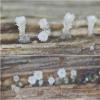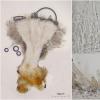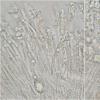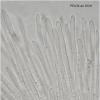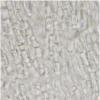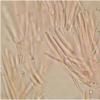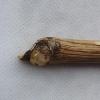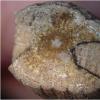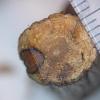
25-03-2017 11:55
 Viktorie Halasu
Viktorie Halasu
Hello forum,I'd like to ask, what differences are

25-03-2017 12:31
En hoja de grama salada (Distichlis spicata)No he

26-03-2017 09:44
greet van autgaerdenHi everybody,Can anyone help me with this: On the

25-03-2017 02:32
Hi all,we found these species 2x on mouse dung, 1x

18-03-2017 19:54
Apologies for the apaling state of this and poor p

25-03-2017 12:45
 Bernard CLESSE
Bernard CLESSE
Bonjour à tous,Voici ce que je pense être Hamato
Dasyscyphella?
Garcia Susana,
24-03-2017 13:28
Encontrados sobre una rama de madera desconocida.
Los Apotecios estaban inmaduros y no he conseguido ver esporas ni parafisis maduras. Tan sólo un himenio inmaduro donde no parece haber croziers.
Los pelos median hasta 100um de longitud.
He pensado que podia ser Dasyscyphella crystallina. ¿Es posible?
Saludos y gracias de antemano
Susana
Hans-Otto Baral,
24-03-2017 16:03

Re : Dasyscyphella?
Hi Susana
yes, crystals and absence of croziers, also the season point to crystallina.
The hair photo looks for me as being in water, look at the vacuoles, in KOH they would look quite different.
I saw several dozens of samples of D. crystallina, always on Quercus, except once on Castanea. Could you have a look, is the wood ring-pored?
Zotto
Hans-Otto Baral,
24-03-2017 18:21

Re : Dasyscyphella?
Ah yes, distinctly ring-pored, so it must be Quercus. I once confused Fagus with it because I did not look at the scale. Fagus has much smaller pores and is usually not ring-pored. So what is the diameter of the twig?
Hans-Otto Baral,
26-03-2017 22:12

Re : Dasyscyphella?
Thanks, this is fine. So the pores have about 80-120 µm diam. which is typical of Quercus. Fagus has around 40-60(-80) µm.

